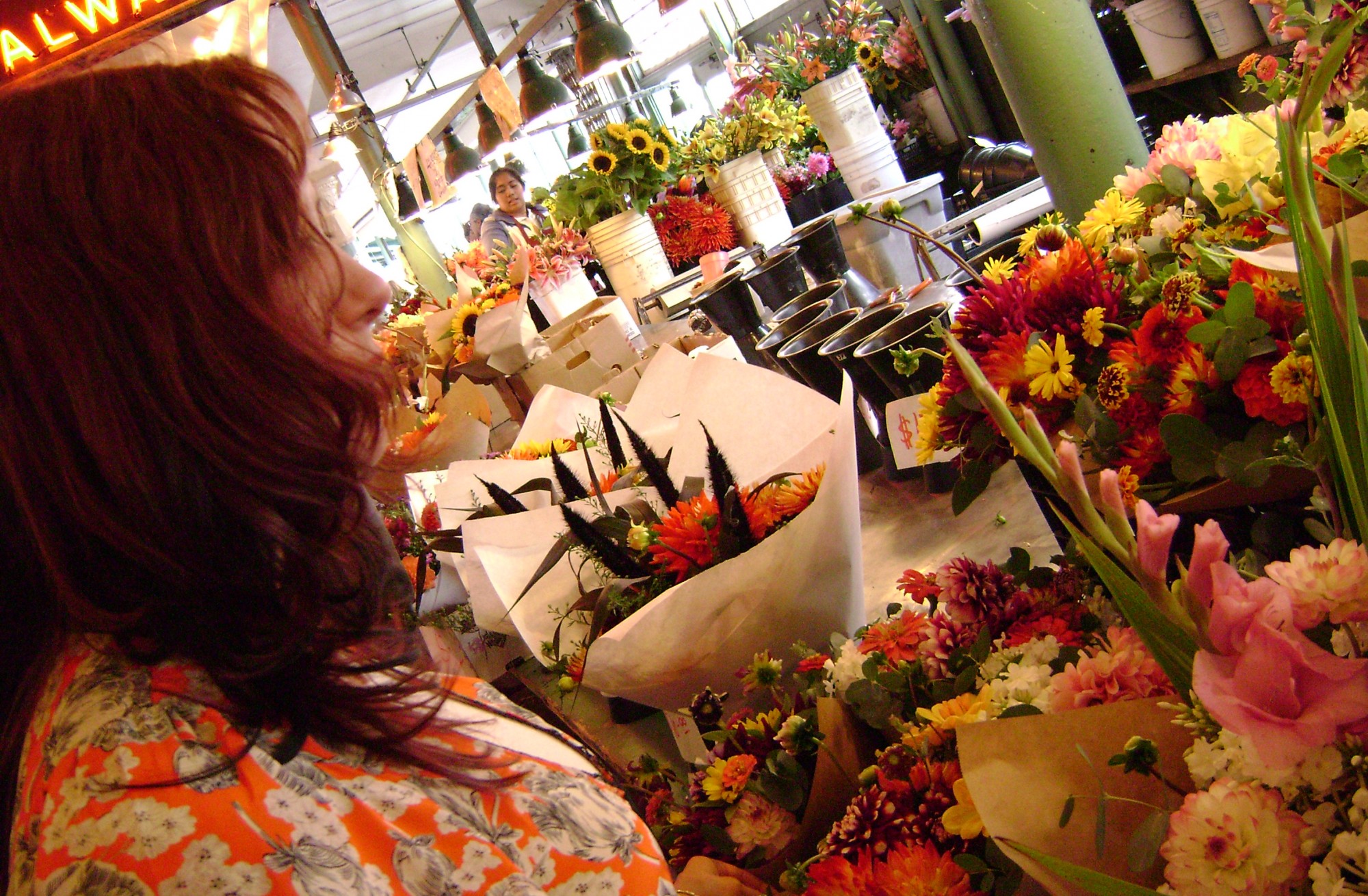Shattered Ankle Scenery goes to . . . Cornwall!
Ann Tandy and I often discuss how the scale and geography of the British Isles evades us more than we’d care to admit–you spend your life reading British novels and only later realize you don’t really know where “Suffolk” or “Dover” might physically be. It’s both a testimony to reading and a potential mystification caused by it: you’ve “been there” and were not there. Wherever “there” is.
I’d tried to look into Cornwall before, simply because I have spent more time in northern England, and because Tintagel is there. I’d definitely gone through my King Arthur phase in junior high (Mary Stuart books, anyone? Merlin’s cave was in Bryn Myrddin–it gave me a thrill to see my name in a book because I never had) , and I loved the way the word “Tintagel” sounded. (At least, the way _I_ heard it: TIN ta gel. It’s Tin TA gel, isn’t it?)
So, for today, I rewatched the Rick Steves episode on it as a start, but then I stumbled upon Rick STEIN, of whom I know nothing, but he’s BBC and seems to be interested in everything from painting to cooking. I am SURE this is no news to someone, and for sure, he may not be everyone’s cup of tea, no matter how well brewed. But I am committed to honoring charm where I find it.
He spent half the episode talking to a painter who paints on the beach and uses sand for texture. I’ve already forgotten who the painter is, but god, how I loved his paintings. They remind me of Ryan Molenkamp’s earlier work, where somehow a whole waterscape rises up from smudged color and gritty inclusions. Rick Stein also opens the episode talking about how he and his sister would have a contest to see who could spot the sea first, just as my siblings and I would to see who would see the mountains first, and it reminded me that what seems far off and exotic is always someone’s childhood vacation.
He then went to an heirloom apple orchard, a “kind of Noah’s Ark for Cornish apple species.” I just finished reading Elena Passarello‘s _Animals Strike Curious Poses_ (which is wonderful), and her penultimate essay is about “endlings”–the last living specimen of a species before it becomes extinct. (I preferred the word “terminarch,” which had also been considered.) So, the idea of an orchard which, from above, looks like an elegant variegated moss patch, as a haven for vanishing species appealed to my sense of continuity today, in a time when my days’ only continuity is pain and stillness. I actually gasped when the cardigan-wearing orchard keeper cut a Crimson Queen in half, horizontally. There is something in seeing a mundane object dealt with in a way you never have before (as when a friend of mine told me she used to eat tomatoes like apples). It’s like you realize you’ve been missing an opportunity to reenchant the normal.
Of course, there was a lot of head shaking about the state of apples today, and the cliched rhetorical question about why we settle for apples so far from the tree. But the colors revealed to me in that half-world of an apple, red ombred to pink then white, as if the apple skin had been washed in the wrong temperature of water . . . I mean, we all know a Red Delicious is anything but. What would it be like to eat an apple and be really in awe of it.
Overall, Cornwall, then, was pretty. Sometimes I worry living in Seattle / the PNW has made me appreciate real natural beauty less, instead of more. You start to realize, as you travel and when you are surrounded by it, that so many places are beautiful for the same reasons (water, tiny rock isles, flowers, birds) and that people tend to do the same things there (beaches, buying, eating, walks). I sometimes miss those early years when I’d moved from Kansas and would just be stunned by the sharpness of a mountain peak against a cold sky or how sunlight on water seemed “charged with,” as Gerard Manley Hopkins said, “the greatness of God,” whether God is a presence for you or not.
I like this chance to immerse in a different way and rediscover the apple.

All reactions:
16Ann Tandy, Barbara Saari Combs and 14 others
